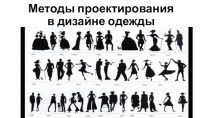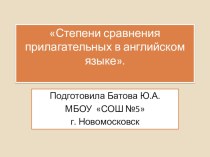the hearts and homes of many - as the
basis of a treasured collection. People who collect teddy bears have a special name, arctophiles, and their hobby is known as arctophily. Both terms derive from the Greek words, arctos (meaning bear) and philos (meaning love).Since this little chap appeared at the beginning of the twentieth century, people have cuddled it for comfort, kept it with them for luck, used it as a confidant and a role model, and given it as a symbol of love. For almost a century
the teddy bear has been the most enduring of soft toys,
often ravaged by affection.

























































